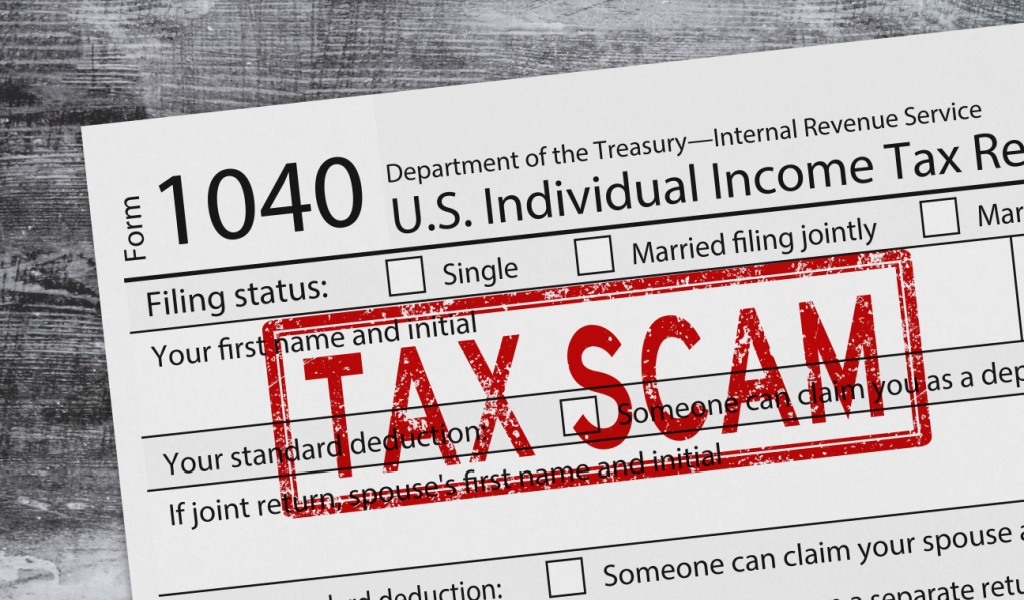The purpose of an IRA is to help you save for retirement. For that reason, investors are penalized if they take money out too early. On the other hand, IRA account holders are required to begin withdrawing money from their nest egg after they reach age 70 1/2. These withdrawal rates are based on formulas published by the IRS, and if you don’t follow them properly, you could be hit with tax penalties.

Check Your Balance
Pull out a copy of your last IRA statement from the previous year. For purposes of determining the required minimum distribution, the IRS uses the account balance on December 31st of the previous year.
Use the Right Resources
Look up Publication 590 on the IRS website. This table lists the life expectancy of account holders 70 1/2 and older. The information you need to determine your life expectancy is located near the back of the form, on Appendix C.

Divide the account balance of your IRA on December 31st by the life expectancy figure in Appendix C of Form 590. For instance, the remaining life expectancy of a 71-year-old is listed in the current table as 16.3. If your account value is $200,000, you would divide that number to get the amount of your required minimum distribution. You can, of course, take out more than that amount, but failing to withdraw enough could invite unwanted attention from the IRS.



